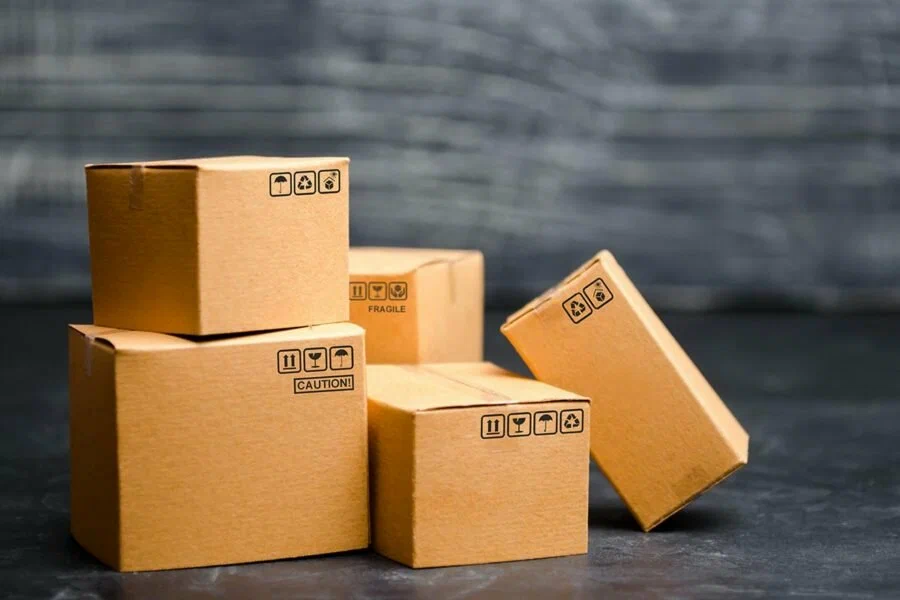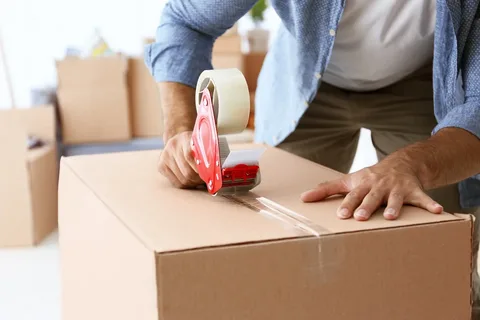Boxed packaged goods are a cornerstone of product distribution and marketing across virtually every industry. From food products to electronics, the box not only protects the contents but also communicates brand identity and product information. This article provides an in-depth look at the significance of boxed packaged goods, the materials used, design considerations, industry applications, and the latest trends transforming packaging today.
What Are Boxed Packaged Goods?
Boxed packaged goods are products housed within boxes made primarily from paper-based materials like cardboard, corrugated fiberboard, or paperboard. These boxes provide a protective shell that secures the product during storage and transportation while offering a platform for branding and information display.
Unlike flexible packaging, such as bags or pouches, boxed packaging provides rigidity and structure, facilitating easier stacking, shipping, and retail display.
The Importance of Boxed Packaged Goods
1. Product Protection
The primary function of boxed packaging is to protect products from physical damage, contamination, and environmental factors like moisture or light. For fragile or sensitive items, the box helps maintain integrity and quality.
2. Branding and Marketing
Boxes serve as a powerful marketing tool, visually representing the brand and appealing to consumers. Eye-catching designs, color schemes, and finishes can influence purchase decisions.
3. Information Presentation
Packaging displays essential product details such as ingredients, usage instructions, warnings, certifications, and barcodes, ensuring regulatory compliance and helping consumers make informed choices.
4. Convenience and Usability
Boxes often feature user-friendly design elements such as easy-open tabs, resealable closures, handles, or windows that improve customer experience and product accessibility.
5. Environmental Responsibility
Growing environmental concerns have pushed brands to adopt sustainable packaging practices by using recycled or biodegradable materials and reducing excess packaging.
Materials Commonly Used for Boxed Packaged Goods
Cardboard
Lightweight and versatile, cardboard is widely used for packaging products like food, cosmetics, and pharmaceuticals. It is recyclable and offers excellent printability.
Corrugated Fiberboard
Featuring a fluted inner layer between two liners, corrugated fiberboard is strong and cushioning, making it ideal for shipping heavier or fragile items such as electronics.
Paperboard
Thinner and smoother than corrugated fiberboard, paperboard is used for lighter products such as frozen food and confectionery.
Plastic-Laminated Boxes
Some boxed packaging includes plastic lamination for moisture resistance and enhanced durability, especially in food packaging.

Key Design Considerations
Structural Design
The box must fit the product securely, often incorporating inserts or partitions to prevent shifting or damage.
Visual Design
Color, typography, imagery, and finishing techniques such as gloss, matte, or embossing help communicate brand identity and attract consumers.
Functional Features
Incorporating easy-open features, resealable flaps, handles, or transparent windows improves usability and consumer satisfaction.
Compliance
Boxes must include all legally required information and follow regulations specific to the product type, such as food safety or pharmaceutical guidelines.
Industry Applications of Boxed Packaged Goods
Food and Beverage
Boxes maintain freshness, protect fragile food items, and convey nutritional and ingredient information.
Electronics
Robust packaging protects delicate electronic devices and accessories, often using foam inserts or molded supports.
Pharmaceuticals
Packaging ensures product safety, tamper evidence, and provides dosage instructions and warnings.
Cosmetics
High-end boxed packaging enhances product appeal, often featuring premium finishes and designs.
Toys and Games
Colorful, durable packaging attracts children and provides safety information to parents.
Emerging Trends in Boxed Packaging
Sustainability
Brands are increasingly adopting recyclable, biodegradable, or compostable packaging to reduce environmental impact.
Smart Packaging
Technologies like QR codes, NFC tags, and augmented reality enhance customer interaction and provide richer product information.
Minimalist Designs
Clean, simple packaging conveys transparency and quality, appealing to modern consumers.
Personalization
Customized and limited-edition packaging creates unique consumer experiences and strengthens brand loyalty.
Benefits of Boxed Packaged Goods
- Protection: Prevents damage and spoilage.
- Marketing: Enhances brand recognition and appeal.
- User Experience: Facilitates ease of use and storage.
- Regulatory Compliance: Ensures product safety and legal adherence.
- Environmental Sustainability: Supports recycling and waste reduction.
Challenges in Boxed Packaging
- Cost: High-quality or custom packaging can increase expenses.
- Waste: Packaging contributes to environmental waste if not properly recycled.
- Complex Supply Chains: Material sourcing and compliance can be challenging.
- Balancing Design and Sustainability: Requires innovative materials and processes.
Conclusion
Boxed packaged goods are vital in protecting products, promoting brands, and enhancing consumer experiences. As sustainability and technology continue to influence consumer preferences, the packaging industry is evolving rapidly. Brands investing in eco-friendly materials, innovative designs, and smart packaging technologies are well-positioned for success in today’s competitive marketplace.
FAQs About Boxed Packaged Goods
Q1: What are boxed packaged goods?
Products enclosed within boxes made from cardboard, corrugated fiberboard, or paperboard for protection and presentation.
Q2: Why is boxed packaging important?
It safeguards products, promotes branding, provides necessary information, and improves user convenience.
Q3: Are boxed packages recyclable?
Most cardboard and paperboard boxes are recyclable, though plastic coatings may require special recycling processes.
Q4: Can boxed packaging be customized?
Yes, packaging can be tailored in size, shape, color, printing, and features like windows or handles.
Q5: What materials are commonly used?
Cardboard, corrugated fiberboard, paperboard, and occasionally plastic-laminated paper.
Q6: How does boxed packaging benefit consumers?
It protects products, offers clear information, and often includes easy-to-use features.
Q7: What sustainability trends affect boxed packaging?
Use of recycled materials, biodegradable options, reduced packaging, and eco-friendly inks.
Q8: Which industries use boxed packaged goods?
Food, electronics, pharmaceuticals, cosmetics, toys, and many more.
Q9: What challenges do manufacturers face?
Balancing costs, environmental concerns, consumer expectations, and regulatory compliance.
Q10: How is technology used in packaging?
Through QR codes, NFC, augmented reality, and smart labels to engage consumers and provide product info.
Must Visit: globalfxhub
